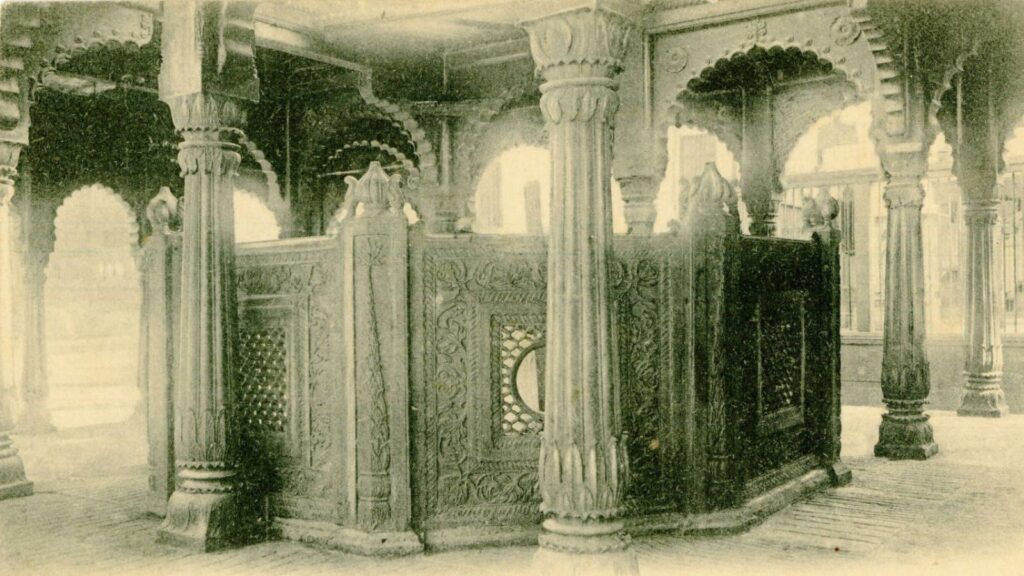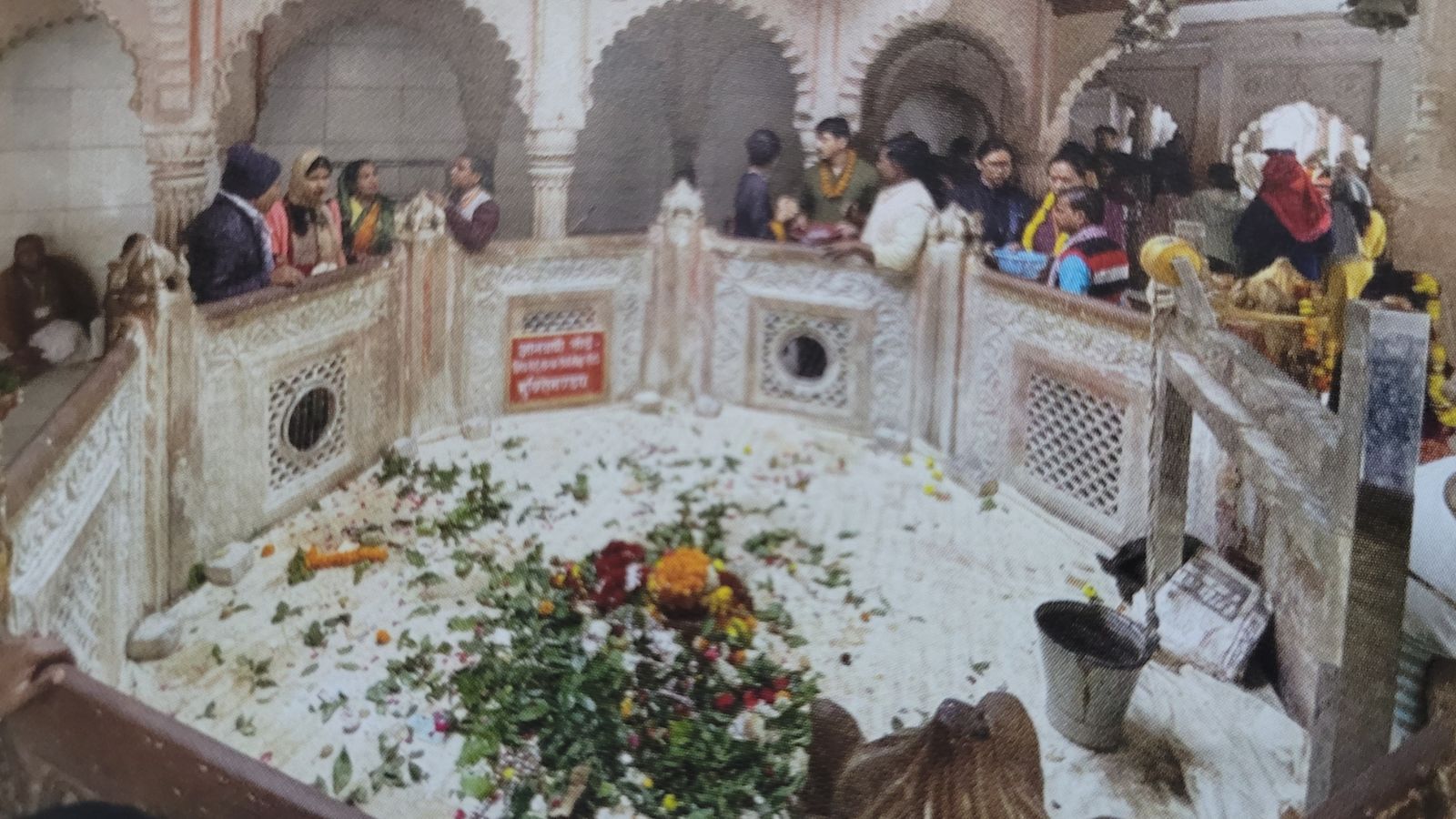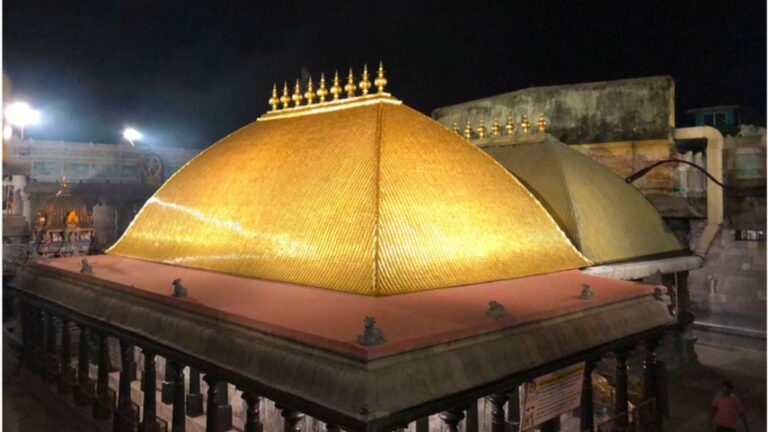At the northern edge of the Kashi Vishwanath temple complex in Varanasi stands the Gyan Vapi Well, a structure that has long shaped the identity of the precinct. The name comes from the Sanskrit jñāna (knowledge) and vāpī (well or step-well), reflecting its association with wisdom and spiritual clarity. This ancient well, located in the temple’s corridor, is revered for its connection to Lord Shiva and its role in preserving the sanctity of Kashi during turbulent times.
Significance of the Well
Local traditions hold that Lord Shiva himself sanctified the waters of the Gyan Vapi Well. The Kashi Khand of the Skanda Purana also highlights its sacredness, describing it as a source through which devotees may attain spiritual wisdom.
The well’s history is deeply intertwined with that of the Kashi Vishwanath Temple. According to historical accounts, it gained prominence in the 17th century when Mughal Emperor Aurangzeb ordered the partial demolition of the temple in 1669. To protect the sacred Shiva Linga from desecration, a priest is believed to have hidden it within the well.

The Gyan Vapi, located between the Gyanvapi Mosque and Kashi Vishwanath Temple
in Varanasi, as depicted in a British India postcard
Symbolism and Legacy
The Gyan Vapi Well is regarded as embodying the wisdom of Lord Shiva, the presiding deity of Kashi. In Hindu tradition, water is both a purifier and a medium of spiritual energy. The well’s waters are believed to carry the essence of Shiva’s wisdom, making it a focal point for seekers of knowledge and liberation. Its name underscores Kashi’s identity as a center of learning and enlightenment, a city that has drawn scholars, sages, and pilgrims for centuries.
Accessibility Today
The well lies within the Kashi Vishwanath Dham, adjacent to the main sanctum. However, direct public access is highly restricted, as it falls within the Gyanvapi Mosque precinct. Visitors may catch only glimpses from outside, while in recent years only designated religious functionaries have been permitted to approach it directly.
Picture Credits
- The Gyan Vapi depicted in British India Postcard – Wikimedia Commons
- Well in color: Vikram Sampath



